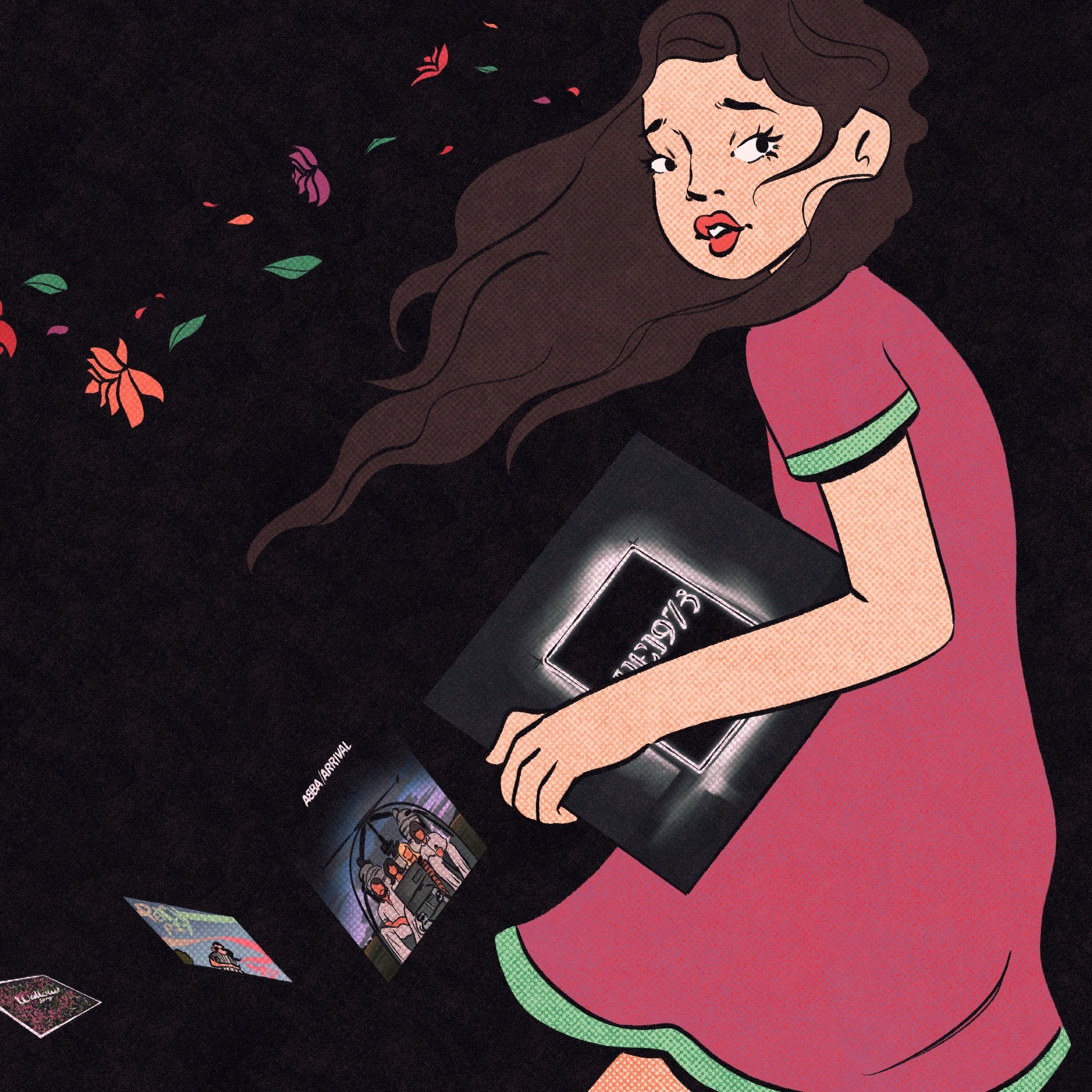Why Are Girls In Songs Always 17?
Music has found many successes in literary tales of rockstars, rebellion and unfortunately, a flaunt of attention guided towards underaged girls. This isn’t something that’s new to the avid popular music listener. While we’re well aware of these tales through rock n’ roll icons; the disturbing words are commonly succumbed underneath a heavy guitar riff that almost distracts from the uncomfortableness of the lyrics themselves. We know Jerry Lee Lewis married his 13-year-old cousin, Elvis Presley courted 14-year-old Priscella Presley and Lori Maddox at the same age dated Jimmy Page. Sure, these artists knew how to keep a rhythm and revolutionized many aspects to what would become known as rock n’ roll, but underaged girls as their muse? I don’t want to hear that it was “a different time back then” or “that’s just rock n’ roll” - no, it’s just problematic.
In this context, is it possible to separate the disturbing behavioral patterns from the art itself?
You know what is “rock n’ roll”? The entire female punk movement of the 1970s -1980s with legends of Bikini Kill, Hole and feminist zines like Riot Grrl promoting their voices against the sexualization of women in the music industry.
The over-sexualization of young girls were not only a simple fad in the ‘60s and ‘70s - they’ve continued on to be a prominent message in songs until now. The Beatles’ 1960s anthem “I Saw Her Standing There” opens with a clear message in the first line: She was just seventeen / if you know what I mean. Beatlemania has been theorized and analyzed many times over decades by an array of academics. Many argue that the hysteria attached to The Beatles had ‘awakened’ sexual desires in young female fans leading down a rabbit hole of whether rock n’ roll is suitable for female listeners or if it was too rebellious of a tune for the young, impressionable mind.
We’re not talking about those coming-of-age type beats filled with romanticizing your last bit of high school life with your childhood friends before heading off to college. Songs like “Anthems for a Seventeen Year Old Girl” by Broken Social Scene, “Edge of Seventeen” by Stevie Nicks, and “At Seventeen” by Janis Ian reflect stories of the artist wanting to return to a stage of adolescence while reminiscing on that feeling of growing up too fast.
“You’re Sixteen, You’re Beautiful, And You’re Mine” by Johnny Burnett, “Chirstine Sixteen” by KISS, “Stray Cat Blues” by The Rolling Stones, and “Let’s Go” by The Cars are just a few examples of songs released before the 2000s with a heavy imagery of the fixation on purity and femininity. Then there are songs like “Seventeen” by Ladytron released in 2002 that argue against the misogynistic industry as she sings: They only like you when you’re seventeen / when you’re twenty-one, you’re no fun.
Other releases from artists reflect on alternative aspects of being a young adult that hit pretty hard as new generational anthems of youth culture. One of my all time favorites that ultimately got me thinking initially about this issue in popular music is “1980s Horror Film” by Wallows. Wallows explores this issue as they sing explicitly: Why are girls in songs always seventeen? Then there are other extremely important songs like “Born in Chicago” by The Paul Butterfield Blues Band which exchanges ideas on societal issues like gun violence between a group of young friends at the age of seventeen. The band sings with resilience aching in their voices as they sing: Well, my first friend went down / When I was seventeen-years-old. Olivia Rodrigo’s “Brutal”, written while she was seventeen, addresses her realities and pressures of being a seventeen-year-old as she sings: I’m so sick of seventeen, where’s my fucking teenage / If someone tells me one more time, “enjoy your youth,” I’m gonna cry.
The over-sexualization of underaged girls quickly became a topic as well in the punk rocker world found in Blink-182’s “Rock Show.” Peaking at #2 on the Billboard Rock Chart, the song is about meeting a seventeen-year-old at a rock concert and falling in love. The lyrics behind “Rock Show” were inspired by the band’s touring experience at rock clubs in the San Diego area.
Why seventeen? Does it just rhyme the best in a colorful verse? Understanding what makes these artists use the image of seventeen-year-olds in their songs makes me wonder if they are trying to draw attention to themes of being naive, purity and innocence and how that may all change once one becomes ‘of-age.’ It’s a problematic and disturbing idea. Girls could no longer be seen as desirable once they hit the legal age of actually being able to go to many of these 19+ rock shows. Let’s be honest, most of the artists who are using these vulgar lyrics are men. They’d rather sing about girls who legally can’t even buy a beer at their concert.
There are extremely well-written songs about 17-year-olds regarding gender, societal issues and adolescence but we’re not asking why girls are always seventeen in those types of songs. We’re talking about the songs that sexually fantasize underaged girls written by well over 30-year-old men.
